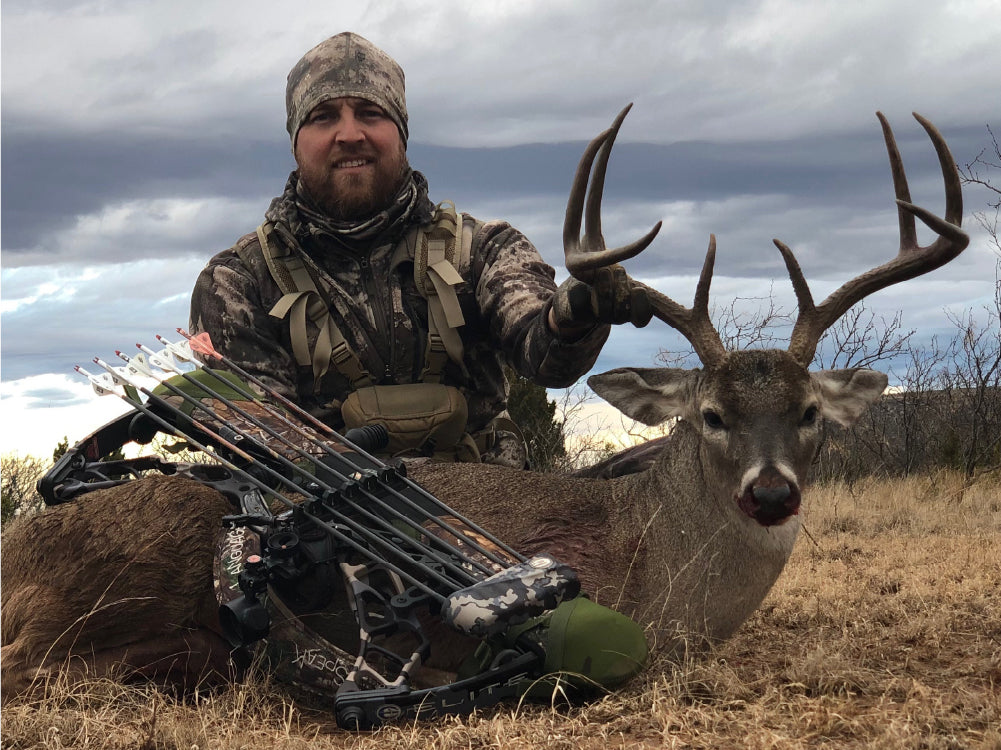Exploring the Thrill of Hunting Adventures in Diverse Landscapes
The quest of searching in varied landscapes offers a fascinating crossway of ability, method, and respect for nature. Each terrain, from the magnificent elevations of the mountains to the complex ecological communities of marshlands, uses distinct difficulties and rewards that can considerably form the searching experience.
Hill Hunting Experiences
As hunters ascend the rugged terrain of hilly areas, they frequently experience an unique mix of difficulties and rewards that specify the hill searching experience. The elevation and steep inclines demand not just physical endurance yet also calculated planning. Navigating rough outcrops and variable climate conditions can check even the most skilled hunters.
The key attraction of hill hunting exists in its breathtaking landscapes and the chance to go after evasive video game types, such as mountain goats or elk, which are adjusted to these extreme settings. Finding and stalking these pets frequently needs an eager understanding of their habits and habitat, making each effective encounter exceptionally satisfying.

Nevertheless, safety and security continues to be critical; seekers need to furnish themselves with proper gear and expertise to take care of the unpredictable aspects of the mountains. On the whole, hill searching offers a compelling combination of journey, ability, and regard for the environment that remains to attract fanatics time after time.
Forests: The Heart of the Quest
Immersed in the dense greenery of woodlands, seekers participate in a multifaceted experience that incorporates approach, ability, and a profound connection to nature. Forest hunting provides special obstacles and rewards, as the thick underbrush and imposing trees develop an intricate environment for both killer and target. The aspect of stealth ends up being vital, calling for hunters to browse calmly through the vegetation, attuned to the sounds and activities of wild animals.
From deer and wild boar to smaller sized game, each search requires a customized approach. The woodland's elaborate tracks and all-natural obstacles often dictate searching techniques, demanding flexibility and quick decision-making.

Open Plains and Game Tracking
Open up levels provide a huge area that provides distinctive opportunities and obstacles for hunters participated in game tracking. The open landscape permits visibility over cross countries, allowing hunters to identify video game such as antelope, deer, or wild turkey from afar. Nonetheless, this same openness can make it testing to technique without being spotted, as pets have an unhampered sight of their environments.
Effective video game tracking in these environments calls for an eager understanding of pet behavior, specifically their feeding, watering, and migration patterns. Expertise of the surface is crucial; seekers need to recognize features such as grassy knolls, watering openings, and natural cover that can help in calculated positioning. Wind instructions plays an essential function in minimizing scent discovery, necessitating mindful preparation in technique.
Using monitoring techniques, such as observing tracks, droppings, and feeding indicators, can give you can find out more important insights right into animal motions. The capacity to adapt and check out the land to changing problems boosts the chance of an effective search. Ultimately, the excitement of tracking video game throughout open plains lies not just in the search yet also in the proficiency of skills that attach seekers to the wild landscape they browse.
Coastal and Marshland Experiences
The unique atmosphere of coastal and marshland locations presents seekers with a various set of chances and obstacles compared to the vast open levels. These rich communities, defined by a mix of saltwater and freshwater environments, use varied wildlife, including waterfowl, migratory birds, and various little game types. The vibrant nature of tides and seasonal adjustments can considerably impact game schedule, needing hunters to adapt their techniques appropriately.

Additionally, climate condition, such as high winds and rain, can play a significant role in searching experiences (free range axis hunts in Texas). Thus, preparation and knowledge of neighborhood conditions are critical. Inevitably, seaside and marshland experiences provide an awesome hunting experience that tests also the most experienced seekers, highlighting the significance of adaptability and environmental understanding
Tips for Diverse Terrain Hunting
Navigating varied surfaces needs a tactical technique to optimize searching success. Each landscape presents unique difficulties and possibilities that seekers should recognize to flourish.
Firstly, acquaint yourself with the particular qualities of the surface-- whether it be hilly, forested, or dry. Researching topographic maps and satellite images can provide understandings right into the very best courses and potential game routes. free range axis hunts in Texas. In addition, take into consideration the weather condition patterns, as they can greatly affect pet motion and habits
Secondly, adjust your gear to suit the atmosphere. Lightweight gear is important for mountainous areas, while water resistant equipment is critical for marshland. Constantly ensure that your camouflage aligns with the all-natural colors and textures of the landscape to enhance cover-up.
Furthermore, practice perseverance and observation. Spend time quietly checking your surroundings; lots of animals are proficient at blending into their environment. Utilize telephone calls and aromas that simulate neighborhood wild animals to attract your target.
Lastly, team up with seasoned seekers familiar with the terrain. Their expertise can use indispensable ideas and enhance your total success while ensuring safety and security in strange landscapes. By utilizing these techniques, seekers can effectively browse varied terrains and enhance their opportunities of a fulfilling experience.

Conclusion
The exploration of hunting experiences across varied landscapes discloses the more intricate relationship in between human beings and nature. Each atmosphere, from tough hills to dense woodlands, open plains, and seaside marshlands, presents distinct challenges that enhance the hunting Read Full Report experience.
Each surface, from the marvelous elevations of the hills to the intricate ecosystems of marshlands, offers distinct challenges and rewards that can dramatically form the hunting experience.As hunters ascend the rugged terrain of hilly regions, they frequently experience an unique blend of obstacles and incentives that define the hill hunting experience. Forest searching presents one-of-a-kind obstacles and incentives, as the thick underbrush and towering trees create a complex environment for both killer and target. Inevitably, coastal and marshland journeys use an exhilarating hunting experience that challenges even the most experienced seekers, highlighting the significance of adaptability and ecological understanding.
Each atmosphere, from sturdy mountains to dense woodlands, open plains, and coastal marshlands, offers distinct obstacles that improve the hunting experience.